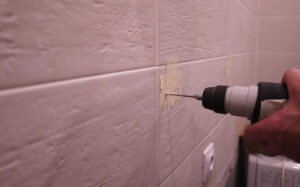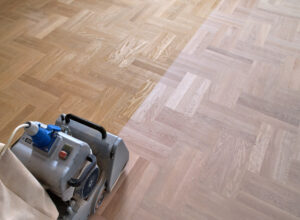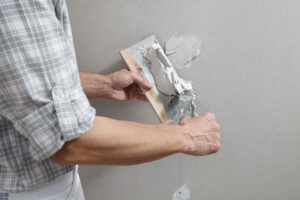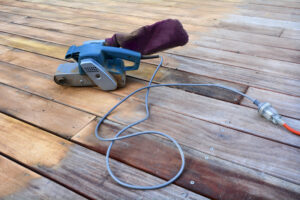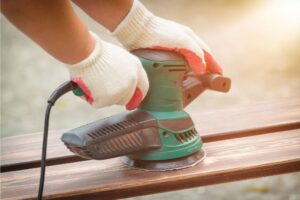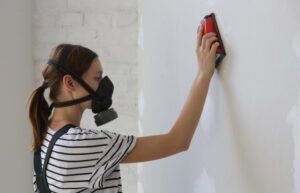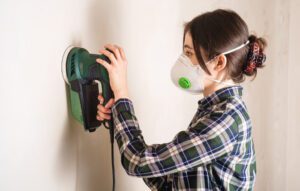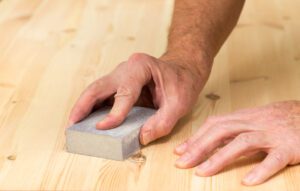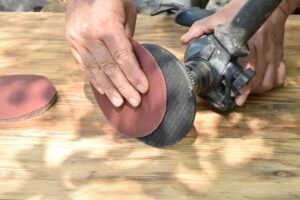Sanding, whether it’s drywall, flooring, or furniture, often brings with it the nuisance of dust. Aside from the inconvenience of cleaning up, the dust can also pose health risks if it finds its way into your eyes or lungs.
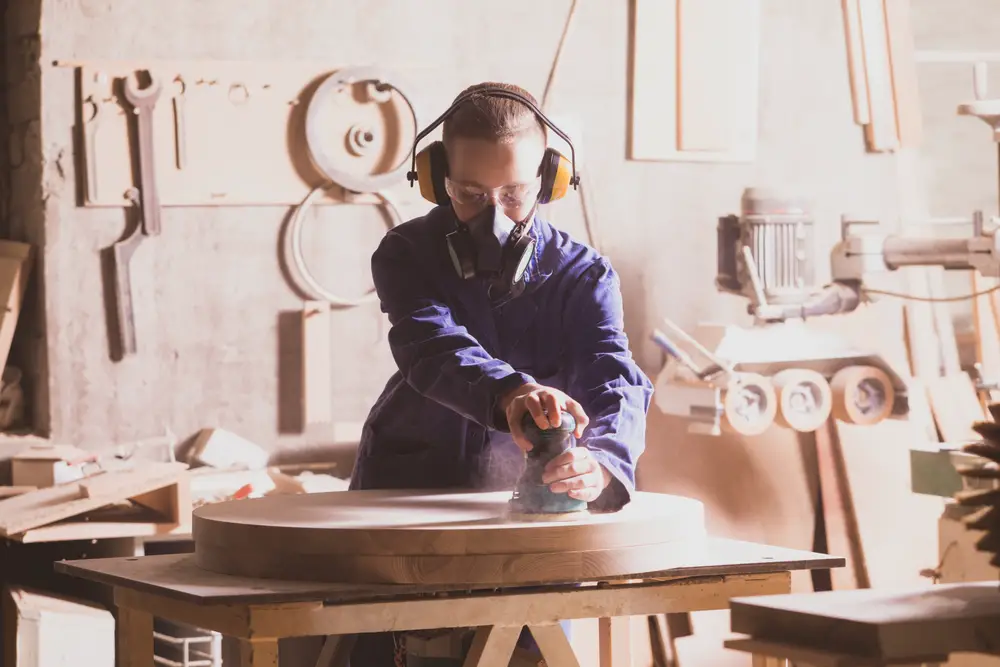
In this guide, we’ll explore effective tips to limit and control the dust created during sanding, ensuring a cleaner and safer environment for your DIY projects.
Safety first:
Before delving into dust reduction methods, it’s crucial to prioritise safety. Ensure you wear the following personal protective equipment while sanding:
- Goggles: Opt for safety goggles with a protective skirt to prevent dust particles from entering your eyes.
- Dust Mask: Wear a mask covering your mouth and nose, equipped with a particulate filter for effective protection.
- Ear Protection: Considering the loud nature of sanders, use earplugs or defenders to safeguard your hearing.
- Overalls with Hood: To prevent dust from settling in your hair or under your clothes.
How to Reduce Dust When Sanding:
- Hook up a Vacuum:
- Use a workshop or industrial vacuum with a hose for efficient dust extraction.
- Measure the exhaust port of your sander and vacuum hose, then purchase a plastic hose adaptor.
- Secure the adaptor to the exhaust with a hose clamp and connect the vacuum hose for superior dust removal.
- Wet Sanding Drywall:
- Employ a special drywall sponge, dampened but not dripping, to smooth down joins.
- Use the abrasive side in large circular motions to address prominent imperfections.
- Periodically dunk and wring out the sponge, then switch to the smoother side to eliminate bumps.
- Wet sanding eliminates dust but requires a more patient approach for a smooth finish.
- Wet Sandpaper:
- Soak sandpaper in water for a few minutes before using it for hand sanding.
- Damp paper traps dust effectively but requires frequent cleaning to prevent clogging.
- Ideal for hand sanding; caution needed with power sanders due to the combination of water and electricity.
- Cover Everything:
- Use plastic sheeting on floors, doors, and furniture to catch dust.
- Tape down edges to prevent dust from working its way underneath.
- Ensure necessary ventilation by not blocking windows, and tape the bottom of doors for a draft.
- Put a Fan in the Window:
- Place a box fan or any fan with open front and back near an open window.
- Arrange it to blow air out of the window, creating airflow through the room.
- Even a small fan can aid in reducing airborne dust by directing it out of the window.
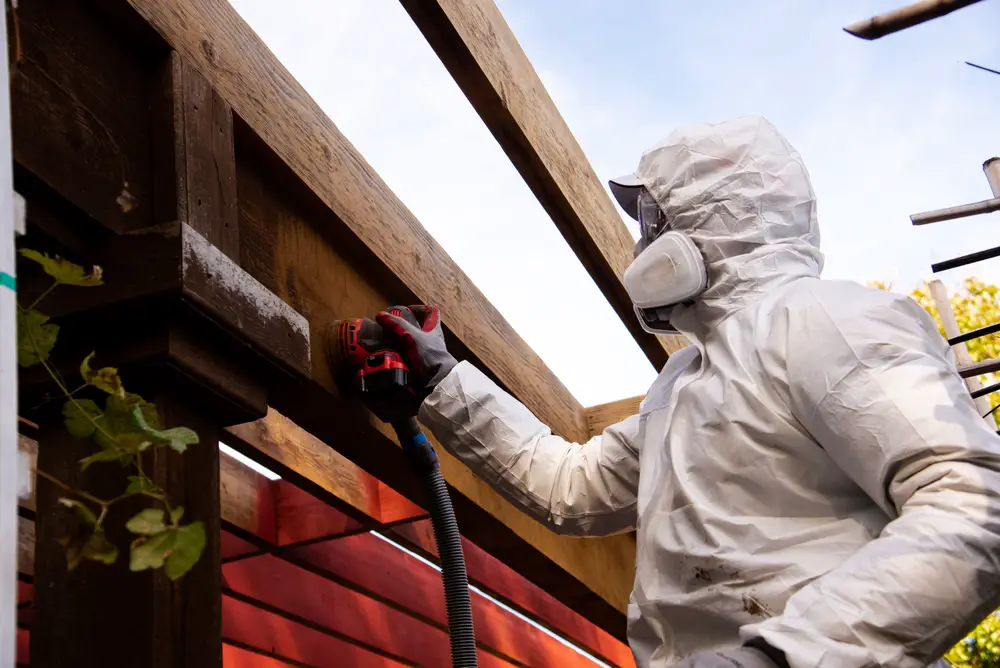
Final Thoughts:
While achieving 100% dust elimination is challenging, implementing these tips significantly reduces dust during sanding. The vacuum attachment method stands out as versatile and highly effective, applicable to various sanders with exhaust ports. Prioritise safety, choose the method that suits your project, and enjoy a cleaner and more enjoyable DIY experience.
- Drill Battery Maintenance: Essential Tips for Cordless Drill Battery Care - February 5, 2024
- Troubleshooting Drill Issues - February 5, 2024
- Quick Drilling Techniques - February 2, 2024

